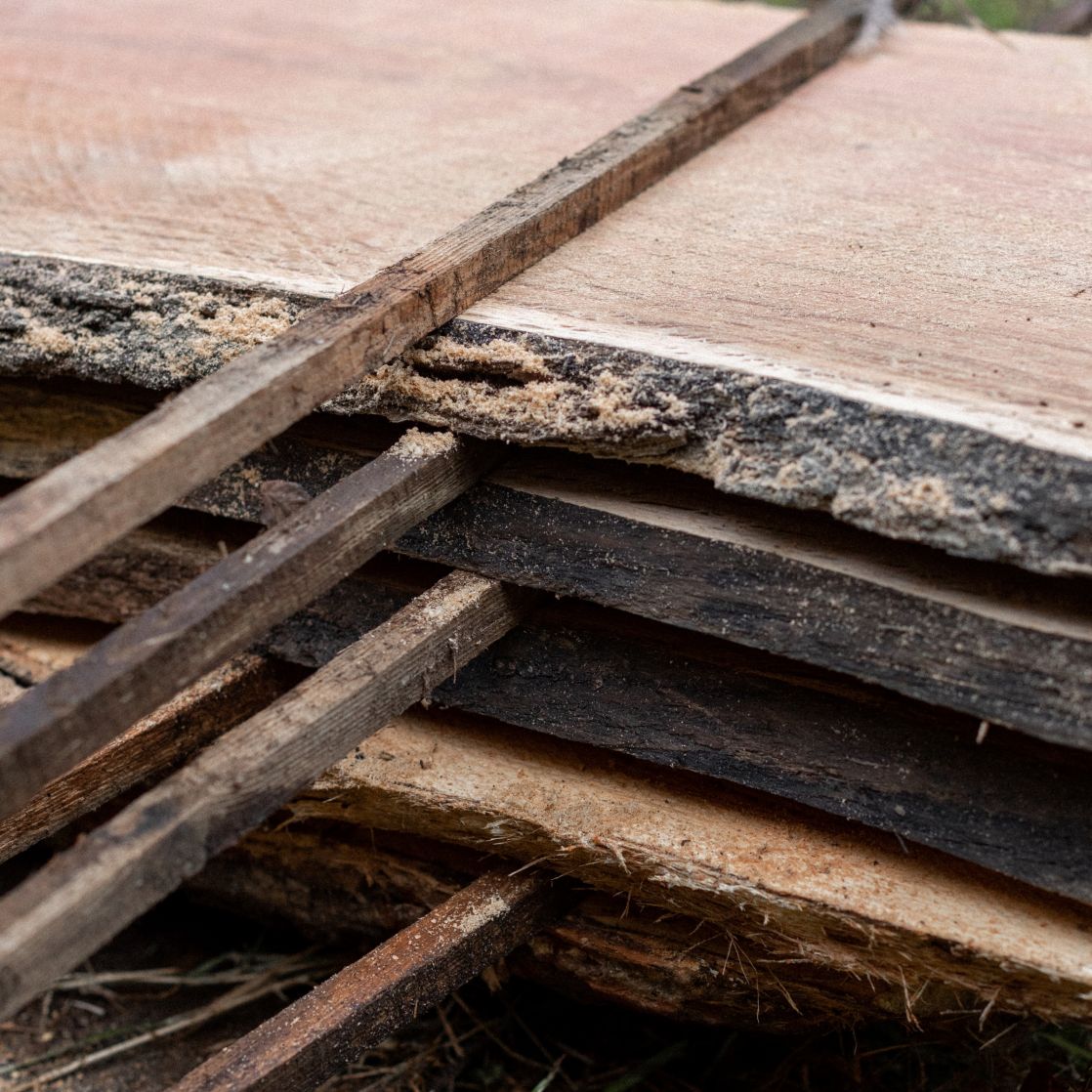2 November
Location | Boconnoc Estate
Images | Holes In The World Studio
Words | Emma Bourton Marketing
Sustainability and traceability are an important part of our ethos, always have been and always will be.
We are a small but focused workshop with a conscience and take so much pride in not only how our products are made, but also where the materials come from and the story behind these products. Because let’s face it, it makes things a whole lot more interesting.
We are lucky enough to operate out of a beautiful, historic country estate in South East Cornwall called Boconnoc where we have a workshop. It feels totally right for us to be based here; the natural surroundings, the earthy elements, the sense of tradition, the abundance of wildlife – not only is it inspiring, it reflects our values too.
The draw of Boconnoc as our base was also defined by a secret, intriguing element of the estate which would also serve a practical and sustainable element to our business as well.




Tucked away on the estate, Boconnoc has one of the very few remaining water-powered sawmills in the country. This incredible juggernaut of a machine is run by a water-powered turbine which was originally installed in 1909 and prior to this was powered by a water wheel. The turbine produces 38hp (which is huge in comparison to the workshop sawblade which is 7.5hp) and operates with a Stenner rack bench with an inserted tooth blade which expertly cuts through the timber with pure force from the turbine. This is by no means a self-operating process, it requires manual manpower, expertise and precision to ensure the quality of the cuts. Boconnoc’s Woodsman Will Geach has the important task of managing this process and has been in charge of the sawmill for many years. Taught by his predecessor, as a young man he would spend days learning about this colossal beast before getting behind the saw himself.
The timber which is sawn at Boconnoc is mainly windfall oak from the estate. Will brings the logs to the mill on a tractor and trailer which is loaded onto the saw bed with a hand cranked crane, requiring the strength of two people as each log weighs around one tonne. These logs are cut into 1-inch planks which are stacked between wooden battens allowing air to circulate around each plank as well as helping them to dry out evenly. They are left outside and weighed down to stop the timber from twisting as it dries, and each end is painted to prevent the end grain from drying which can cause splits. The average drying time for the wood is usually 1-2 years, this is when it reaches the desired moisture level and is ready to be used.





The sawmill itself is powered by a small stream which later feeds into the River Lerryn. The water is held in two substantial lakes further up the valley and is directed to the mill via hand dug leats. The blade speed is carefully controlled by a valve which the operator turns to allow more or less water through the turbine; this is carefully judged purely through listening to the sound of the blade making contact with the wood and adding or reducing the power as required. It is this tricky balance that is the difference between too slow a blade speed which will give you a rough cut and a high speed which may wobble, overheat or jam.


This is certainly not a factory-made, large scale, mass produced, simple sourcing method for our timber. However it is one which resonates in all that we stand for and believe in. The traditional and sustainable methods used at the sawmill and in our product process marry together in perfect harmony. This is why we try where possible to buy our oak from the Boconnoc estate and wanted to share with you the journey on which each piece embarks upon before eventually landing into your home.
We will be delving deeper into this journey over the next few blogs, and we hope that you will join us as we explore the process from raw timber to the finished product.